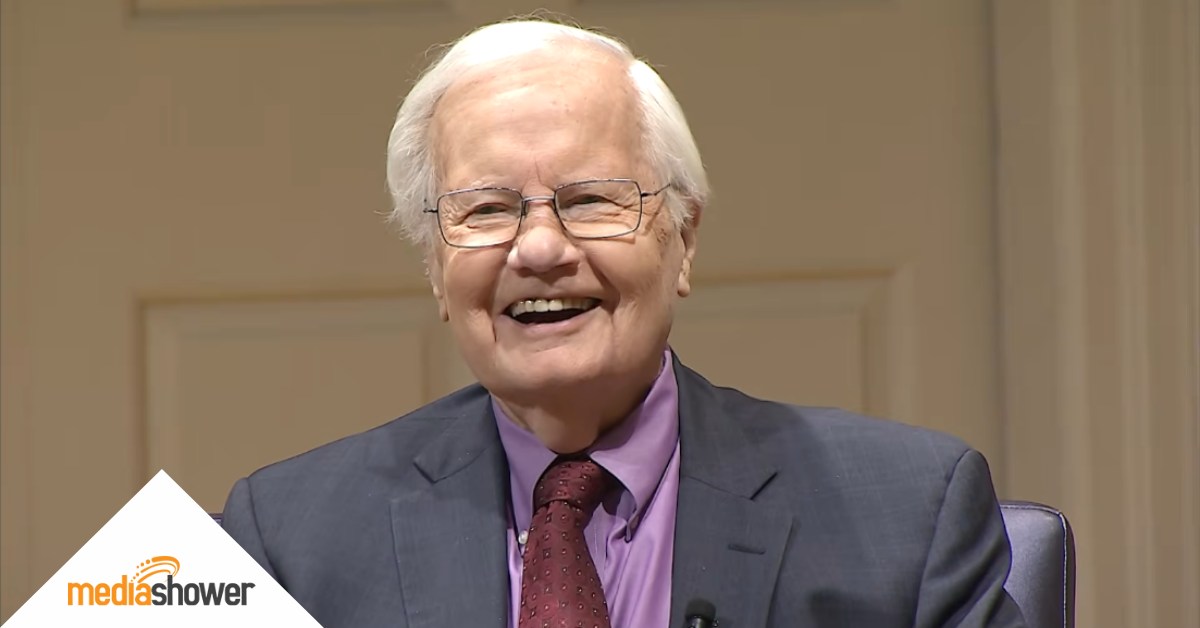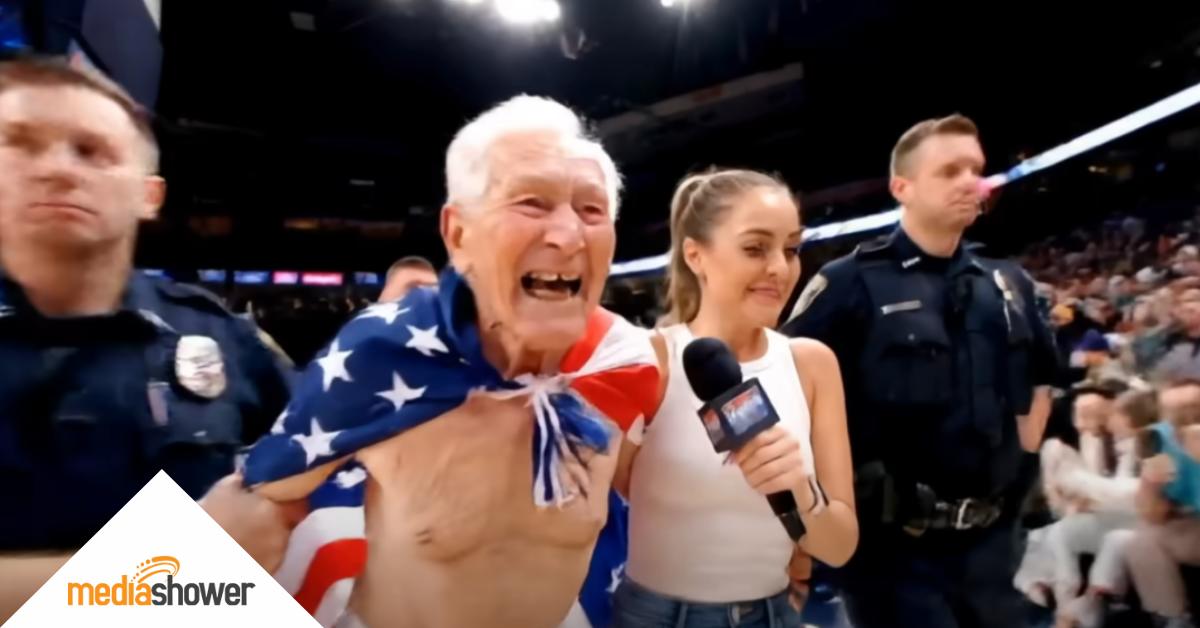
Quick Summary
- Facebook’s algorithm rewards content that drives meaningful engagement and emotional response.
- Brands like Red Bull, Duolingo, and Under Armour rely on predictable, repeatable formats.
- Prioritize visuals, posting times, and Facebook’s native features in your content strategy.
Going viral on Facebook still matters, even for B2B marketers. Facebook has more than 3 billion users worldwide – that’s more than a third of the Earth’s population! Here’s how the to leverage the Facebook algorithm to help your post go viral.
How the Facebook Algorithm Works
Facebook first tests your post with a small audience. Strong early engagement leads to wider distribution.
To get those early viral signals, content should do these three things:
- Prioritize engagement. Posts that prompt conversations or encourage action travel farther than those that simply broadcast.
- Focus on quality over quantity. One highly engaging post is more effective than several forgettable ones.
- Harness emotion. Posts that inspire laughter, awe, or empathy consistently outperform promotional content.
Facebook’s algorithm favors content that sparks meaningful interaction. The more people comment, share, and react, the more reach a post gets.
10 Playbooks for Going Viral on Facebook
Here are 10 viral strategies that repeatedly deliver results, illustrated with real examples.
1. Leverage user-generated content (UGC)
Waterproof shoe brand Vessi Footwear skipped in-house testing and went straight to the source to show off its value proposition. It repurposed customer water test videos to highlight the brand’s commitment to waterproof gear.
Showing real people using the products in rainstorms, rivers, and muddy yards embeds authenticity and trust. It also helps would-be customers picture themselves using the product in similar ways.
Why it works: The videos have earned thousands of views while reinforcing the brand’s image and product quality.
How to copy this strategy: Let customers demonstrate your value proposition to build authenticity.
2. Create shareable science and research content
IFL Science has grown from a niche brand to a massive media company spreading the love for science. Its Facebook success stems from sharing intriguing, relatable facts grounded by data and research.

Its posts hinge on bizarre, eye-popping, head-scratching headlines and images that make users say “Wait, what?” The brand asks and answers the hard questions no one is talking about (yet).
What makes it effective: Offbeat stories make great conversation starters and leave users with something to think about.
Apply it to your brand: Use data, stories, and findings that resonate with universal experiences.
3. Master recipe & DIY content
Oreo, America’s favorite cookie, posts easy-to-follow recipe videos using their products. It demonstrates the cookie’s versatility beyond the classic glass of milk.
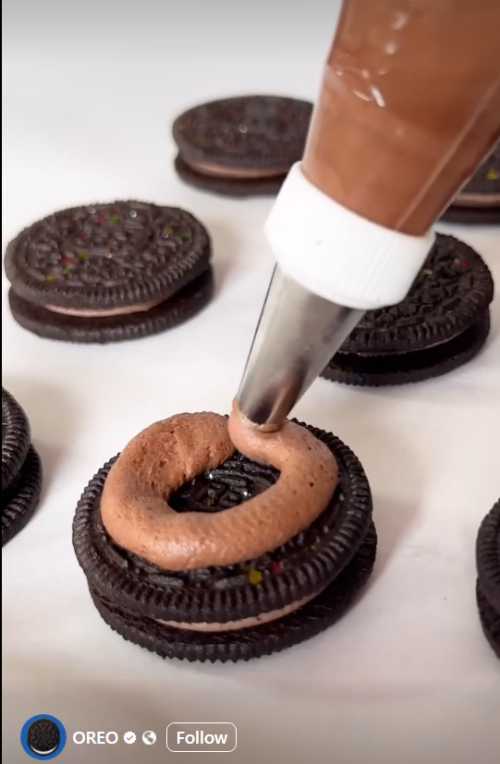
Simple, visual recipe how-to videos put the product into perspective and create scroll-stopping interest.
Why it clicks with users: Reels and how-to videos are among the most frequently shared content on Facebook. It inspires without overwhelming the viewer.
Bring this to your strategy: Show, don’t tell, and make it easy to replicate.
4. Use optical illusions & brain teasers
Remember the viral dress from 2015? It was blue or black. Or gold and white.
And it’s still being talked about by brands—and still going viral.
London’s National Gallery recently shared video commentary related to color perceptions, using the dress illusion as the headline. The dress wasn’t their stunt, but talking about it earned more than 37,000 views and nearly 400 reactions.
The formula for success: The museum took a once-viral topic and rode the coattails of success by adding expert perspectives tied into a related topic.
Put this into practice: Create content that makes people stop and think, add your perspective, and enlist an expert.
5. Empower through hashtag campaigns
Sports brand Under Armour spotlighted powerful people in its #IWillWhatIWant campaign. Uplifting messages coupled with endorsements from celebrities and smaller creators inspired movements, not just marketing.
The campaign garnered millions of views and impressions across all posts, with Gisele Bundchen’s video earning 3.8 millions views alone.
Why this resonates: Recognizable faces with inspiring words stir emotion and incite action. It also creates brand association between Under Armour and those feelings of empowerment.
How to adapt it: Incorporate people who reflect your target audience, then let them tell (and sell) a story with a carefully worded hashtag.
6. Gamify your content
Qwertee’s schtick is to sell three new limited edition T-shirts each day—when they’re gone, they’re gone forever. It leans on FOMO to keep customers coming back and contributors to keep churning out designs and engagement.
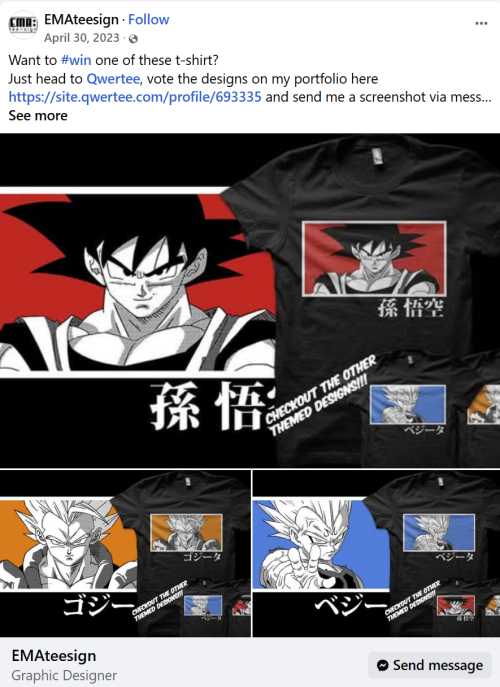
Qwertee generates consistent engagement by letting artists upload their own designs for customers to vote on. Artists tag the brand in their own posts to drive more engagement, boosting Qwertee’s Facebook visibility.
Why it connects: Their gamified approach promotes natural engagement through simple incentives.
Your actionable takeaway: Host contests or create posts that invite immediate and ongoing engagement.
7. Tap into astrology and personality content
Holly Nichols captivates users with vibrant fashion drawing videos in a consistent and predictable style. Each day features a new dress and character, giving her 3 million fans a reason to come back to her Facebook page.
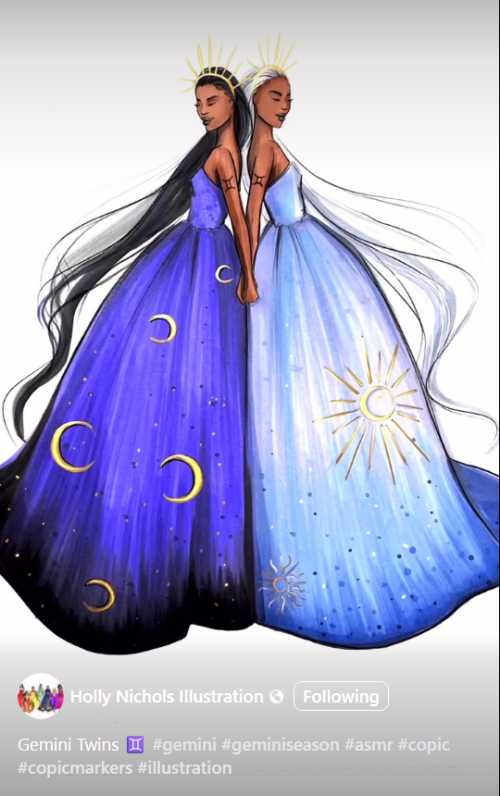
Holly posts a zodiac-themed drawing video at the kickoff for each sign’s season. When content feels personal, there’s usually high engagement from users eager to see and share insights about themselves.
What’s behind the impact: Posts tying zodiac signs to product recommendations or personality traits are endlessly shareable.
How to use this approach: Create posts tying zodiac signs to product recommendations or personality traits for endlessly shareable content.
8. Embrace meme culture
Language app DuoLingo broke barriers with its user-friendly language education courses. Finding a way to connect directly with its audience has always been in its brand’s DNA, and it uses social media content to reinforce its image.
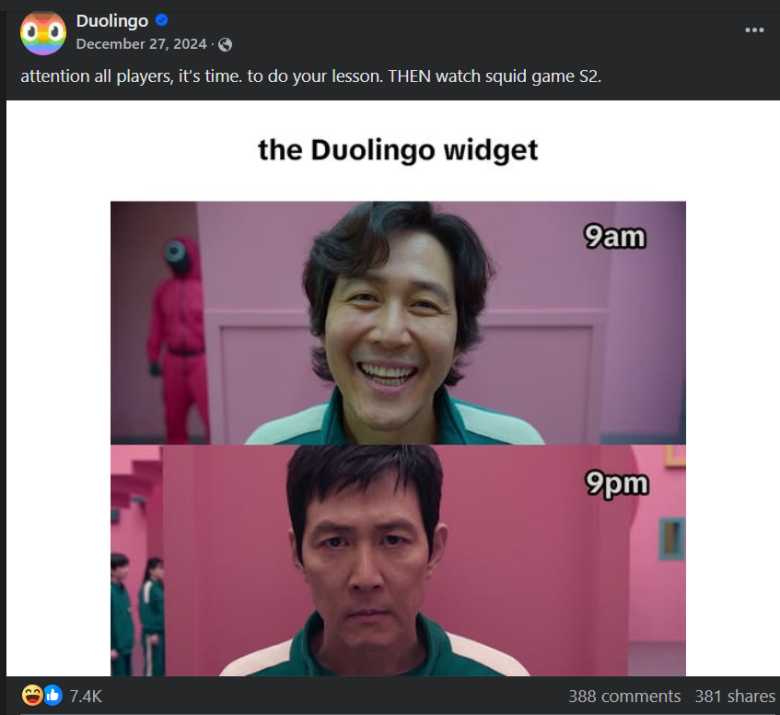
Meme culture brings people together, and DuoLingo leans into these natural connections. It uses a mix of pop culture and meme formats, creating timely adaptations to stay culturally relevant and humorous.
Why it performs: Unlike words, memes extend beyond language barriers to connect people to other people—and to DuoLingo.
Put it into practice: Generate industry-relevant memes for shareable content that connects.
9. Tell emotional stories
People magazine is well-known for its celebrity news coverage. But it also spotlights everyday people and their moments of kindness, courage, and even poor decision-making.
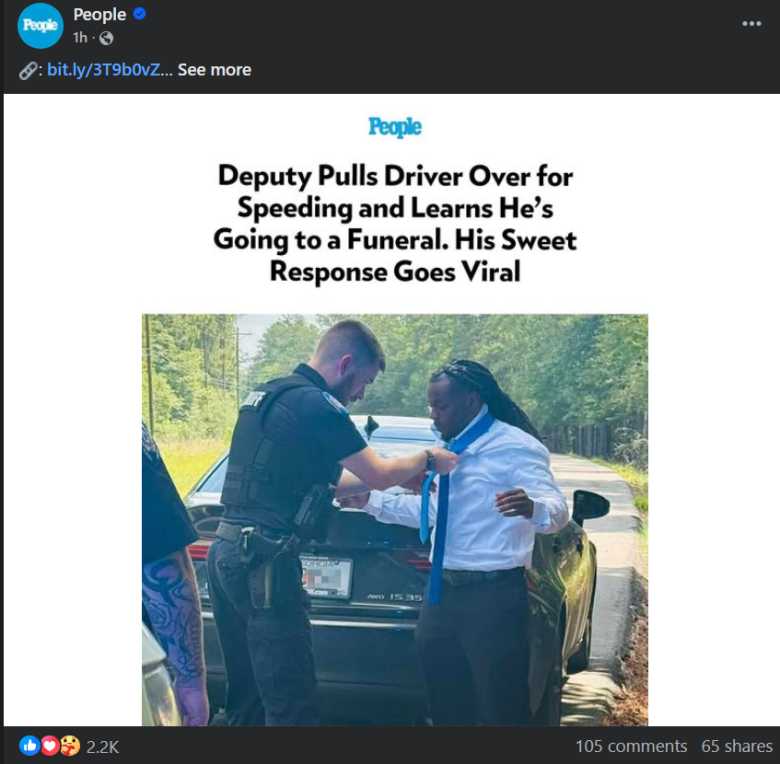
Their stories often go viral by highlighting extraordinary moments from ordinary people. Weddings, funerals, lottery winnings, injuries, community heroes, animals—the boundaries are broad.
What hooks the viewer: Emotional storytelling builds trust and humanizes your brand.
Turn this insight into results: Touch hearts to move fingers and change minds.
10. Optimize video content
Beverage brand Red Bull has become synonymous with more than its energy drinks. It’s a lifestyle brand that embraces the extreme and uses Facebook videos of daring feats to support its image.

Native video uploads feature dangerous stunts and extreme, heart-stopping moments. The brand has always aimed to push the boundaries of what the human body can achieve, no “Do not try this at home” disclaimer included.
What you can learn from it: Sell the brand, not just the product. Take advantage of all of Facebook’s features to make your content look natural and not recycled.
Make this idea your own: Upload videos directly into Facebook for a native, built-in experience. And caption everything.
Key Strategies for Going Viral on Facebook
Your content needs early reach to go viral. Start with these core practices across your content strategy:
- Timing matters. Post during peak hours (8-11 AM weekdays).
- Prioritize the first 3 seconds. Hook viewers immediately.
- Use native features. Use Facebook’s built-in tools.
- Build natural engagement triggers. Ask questions, create polls, encourage shares.
Marketer Takeaways
- Emotion drives virality. Make people feel something so they will pass it along.
- Make it eye-catching. Visual content performs 87% better than text-only posts.
- Involve your audience. User-generated content builds trust and authenticity.
- Set expectations. Timing and consistency matter as much as content quality.
- Track everything. Test, analyze, and iterate based on your audience’s response.
Media Shower’s AI marketing platform helps you generate, test, and optimize high-performing social media content. Click for a free trial.
